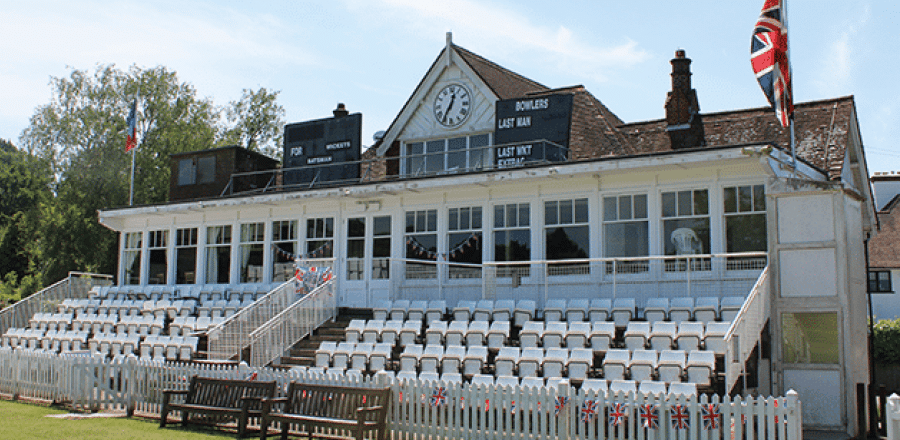FIRST-CLASS sections could be taken off some of the UK’s busiest commuter trains on Southeastern services in a bid to ease overcrowding.
Services could be made fully standard class -under a new franchise agreement, according to a Department for Transport (DfT) consultation.
Some 640,000 journeys are made on 1,900 trains on the lines every weekday.
The DfT acknowledged that first class seats -‘remain popular on certain routes’ such as the main line to Sevenoaks, Tonbridge and Tunbridge Wells, but said removing them would ‘create more room for passengers’.
Only 77 per cent of passengers are satisfied with Southeastern services according to the latest Transport Focus survey, the worst performance in Britain apart from Southern and Thameslink.
The new franchise, which will begin in December 2017, could see the introduction of high capacity metro-style carriages on the busiest lines.
It is hoped these would enable a ‘better balance’ of seating and room for standing passengers, space for wheelchairs and pushchairs on shorter journeys and quicker boarding and alighting.
Extending the number of carriages on stopping services from eight or ten to 12 carriages and providing more seats on high speed services are also being considered.
More controversial proposals include a -reduction in the number of trains that call at some less well-used stations to cut journey times to key locations, and a limit in the choice of central London destinations from individual stations with the aim of providing a more regular and reliable service.
Transport Secretary Chris Grayling said: “Services on the Southeastern rail network have been unacceptably poor for far too long.
“Passengers have endured disruption, overcrowding and delays, particularly during redevelopment work at London Bridge station, and they deserve better.
“We are going to do things differently. I want passengers to enjoy more space and comfort, more and better communication with the operator, and a consistently reliable performance.”








